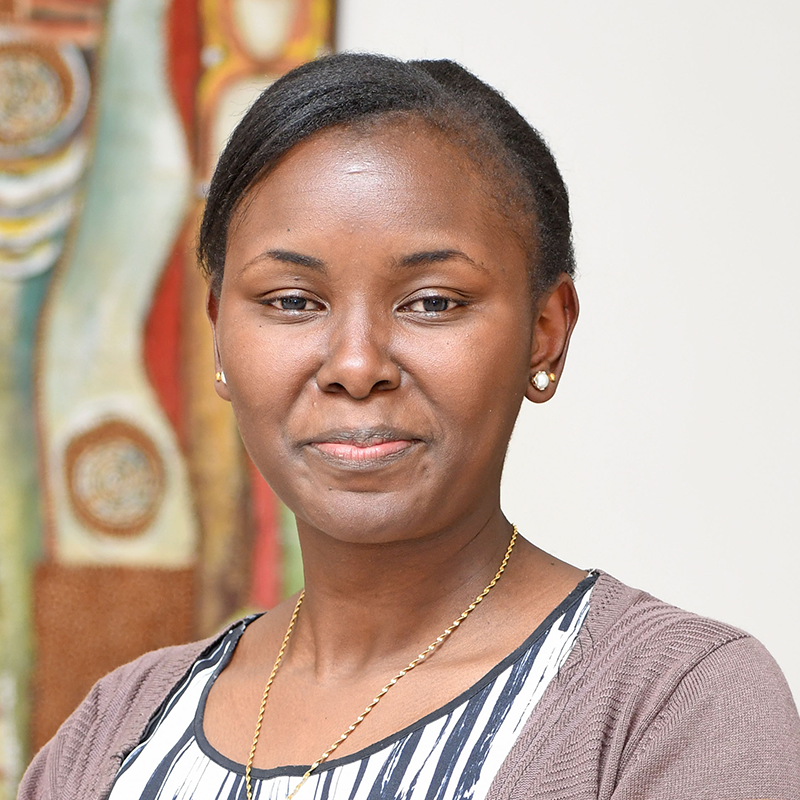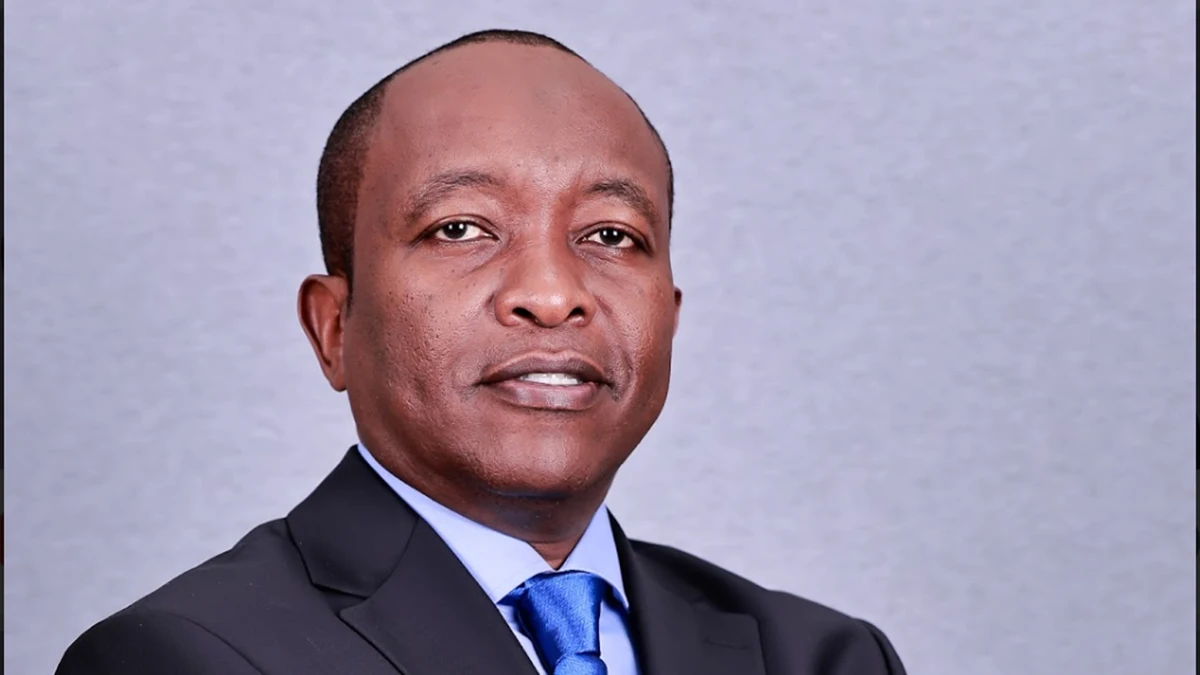
Over the past 18 months, the Covid-19 pandemic has caused unparalleled changes in the world of work with overnight shifts to remote work, drastic business transformation, and digitization to facilitate new ways of working. Many of these changes have become commonplace with many organizations adopting them as the future of the workplace.
With the pandemic altering the workplace and the way we work, HR professionals were thrust into the driver’s seat given their central role in enriching the workplace culture, remote working cultures, leading and accelerating business transformations, and business continuity.
An organization’s design serves to align the organization’s capabilities with the demands made by its environment. In the past, an organizational structure could remain intact for decades. Today, the business landscape is very dynamic and even more so with the onset of the Covid-19 pandemic. It is critical to continuously restructure to protect the core business and adapt to new opportunities.
The post-pandemic world of work has been characterized by very many ‘firsts’ and demands for organizations to pivot themselves and adjust fast. All these changes in the world of work destabilized all aspects of the workplace from the officeless organization, employee experience, employee engagement, performance management, employee productivity, mental well-being, collaboration, organizational culture, the workplace, and even the definition of work itself.
For some businesses nothing stopped during the pandemic, they adopted and adjusted on the go. However, many businesses encountered many changes pushing them to remodel their organizational design for enhanced re-entry post-pandemic.
Speaking during the opening ceremony of the Annual HR Summit 2021, Dr. Angela Ndunge, Deputy Executive Dean at SBS noted that these drastic shifts caused by the pandemic changes have pushed many companies to adopt new structures and new ways of doing things. “You will see many new regulations and policies being created to give management some guidance in the new workplace,” she said.
The first session of the Summit looked into the future of the officeless organization. The discussion panel featured Michael Chemorei, Head of Talent at Amref Health Africa, Dr. Anderson Uvie, Adjunct Faculty Member SBS, Sean Hettema,Adjunct Faculty Member SBS, Dr. Elizabeth Kalei, Head of Human Resources Management at the Kenya Judiciary and Dr. Salome Gitoho, Lead Consultant at Lincoln Consulting as the moderator.
Michael Chemorei, Head of Talent at Amref Health Africa noted that the officeless organization calls for a complete paradigm shift in the way leaders approach people management. Sharing his personal experience, Michael highlighted four key things that business leaders should take into consideration when restructuring the organization:
- Leveraging technology. With remote work forced on us by the pandemic, there was no other option but to adopt relevant technology fast! Organizations had to ensure that employees had all the technology tools and infrastructure to work and collaborate.
- Communication is very critical and more so during crises situations. In times of crisis, everyone looks to the leaders for direction. Communication from the leadership to both external and internal stakeholders is critical.
- Employee safety: Establishing elaborate procedures and response protocols and policies that adopt agile work arrangements was critical. In our case, we adopted staggered work schedules and remote working. Employee safety is also hinged on the psychological well-being of the employees.
- Deepening the working relationship with employees by leveraging coaching and mentoring.
Sean Hettema noted that according to research by the Boston Consulting Group, employee engagement has been declining worldwide since the 1950s. The current business operating environment calls on HR leaders to look at practical and effective ways to improve employee engagement and productivity.
Speaking at the summit, Dr. Anderson Uvie-Emegbo highlighted three practical frameworks that HR business leaders can use to improve engagement and productivity in the officeless organization:
- Agile Leadership Traits
- Digital Skills Framework
- 3H Coaching Framework
The role of HR has been often equated to mere administrative tasks and personnel management, however, the new normal provides an opportunity to reclaim the strategic role of HR while designing the HR system for the future workplace.
The Annual HR Summit provides a platform for HR leaders and HR professionals to interact, network, and learn from each other on how to navigate the changing terrain of the workplace from the HR perspective and the evolution of the HR profession.
Article by Juliet Hinga
Would you like to share an article? Write to us at sbscommunication@strathmore.edu
Share This Story, Choose Your Platform!
Your journey to business excellence starts here. Subscribe today and be at the forefront of innovation and leadership.









